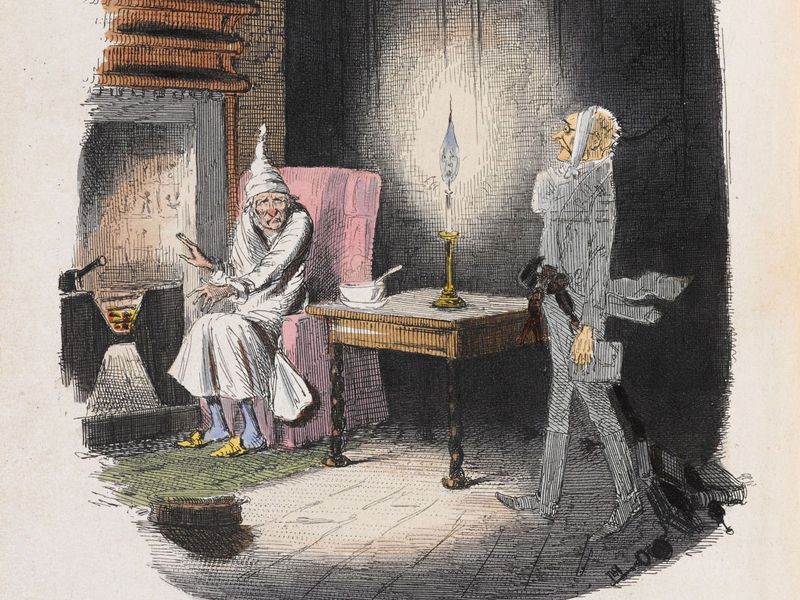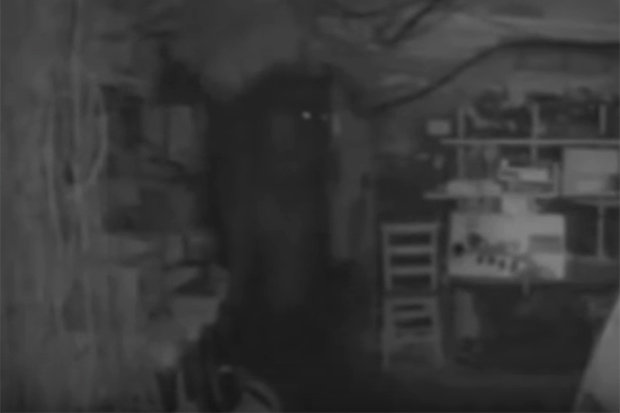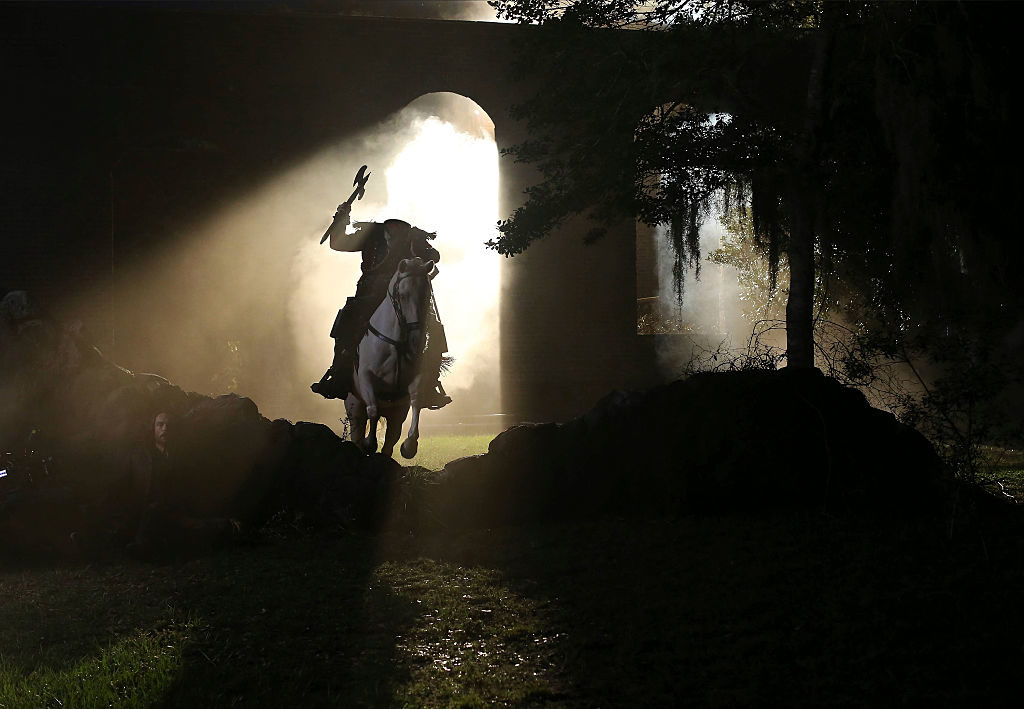The Georgian Era is the time period between 1714 to 1830 in English history. This period got its name from the reigning King Georges- I, II, III and IV, who were succeeded by each other during these years.
The period is remarkable for a number of social and technological developments that helped in the transition of the traditional English society to a modern one.
The Georgian Era was a changing time. This time experienced the initial stages of industrialization, as a result of which many new job opportunities were coming up. Besides, the war was at the backdrop of the social settings at almost all times which became a major factor that shaped the society.
But, in spite of all this, there were a number of methods that the people in this period used for their entertainment and the narration of ghost stories was an important one among them.
The tradition of Ghost Stories in England
Ghost stories were a part of the English culture from a very long time. During the ages that saw the rise of gothic literature and architecture, this trend attained a great amount of popularity. In the times that followed, gothic stories became a part of the literature, as well as folklore and narration of these tales, was a popular method of passing time for people during the 18th century as well.

Some of the most popular ghost stories that people narrated during this era were inherited by them from their succeeding generations. Most of these ghost stories were created after real events and included the assassinations or executions of people of royal families from earlier times.
Windsor Castle and the Tower of London formed the background of most of these stories and it was believed that a majority of royal people who dies at these places haunt them still.
Most Popular Ghost Stories of the Georgian Era
One of the most popular ghost stories that people followed during the Georgian Era is that of Queen Anne Boleyn. She was the second wife of King Henry VIII, who had accused her of committing adultery and incest. As a punishment, she was taken to the Tower of London and beheaded. The people of the Georgian Era believed that she was perhaps innocent and her spirit still roams her house near the place of her death, looking for revenge.
Her daughter, Queen Elizabeth I, is also believed to haunt the Windsor Castle after her death. She remained unmarried through her life and, hence, was a virgin. It was believed during the Georgian Era that her spirit still lives in one of the inner rooms of the royal library.

The rumors of the spirit of Queen Elizabeth I were started to be taken more seriously after King George III claimed that he had an encounter with her. He made it a piece of public information that she was spotted by him in the library rooms wearing a black gown. He also said that she told him that she did not get married because she was married to England in a sense and wanted to devote her entire life serving her nation.
After King George III died, his son George IV became the king of England, who was very similar to his father in terms of believing the tales of the ghost of Queen Elizabeth I. He once told that he has also spotted her in the royal library during World War II. He claimed that he saw the former Queen at the same spot for eight nights in a row during the time when the war was at its onset and took it as a bad omen for the future of the nation.
References to Ghost Stories in Georgian Era Literature
The ghost stories that the people of the Georgian Era were so fond of, made up for one of the favorite pass times of kings and common people alike. There are numerous folksongs and ballads that speak of people returning from the dead in the form of ghosts and spirits. Some of the popular ones include King Henry, The Wife of Usher’s Well, Unquiet Grave and Sweet William’s Ghost.

Due to their popularity of these stories and folklores, writers and authors of the Georgian Era also took a keen interest in them and have used them abundantly in their literary works. In 1764, Horace Walpole published The Castle of Otranto, which is considered as one of the earliest works in which ghosts were included.
Besides, The Legend of Sleepy Hollow is a short story by Washington Irvin that was published in 1820. The story has taken references from German folk and has the character of a ‘Headless Horseman’.
These stories continued to inspire many writers for years to come and references to these can be found in the works of a number of prominent writers of England, including Charles Dickens. Later many of these works were also adopted into famous films.